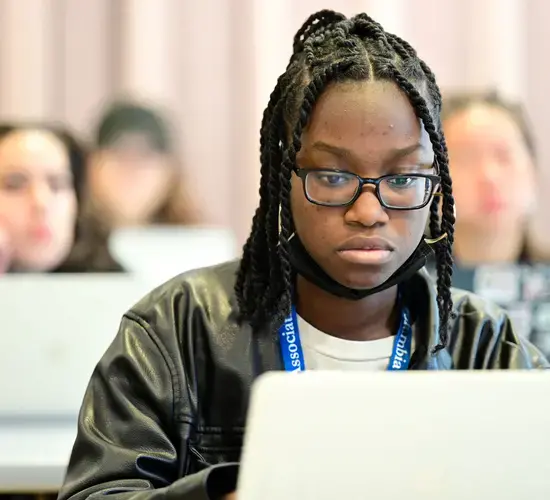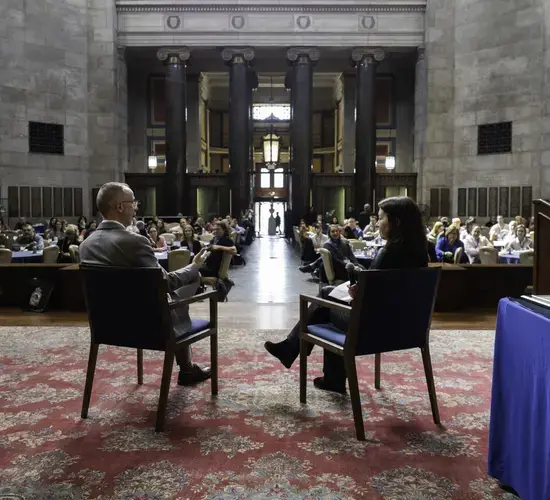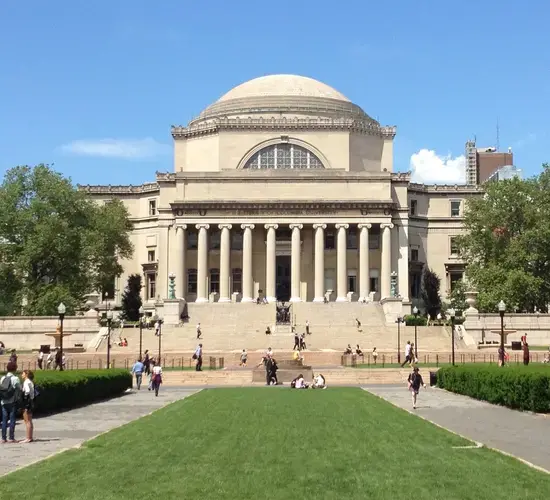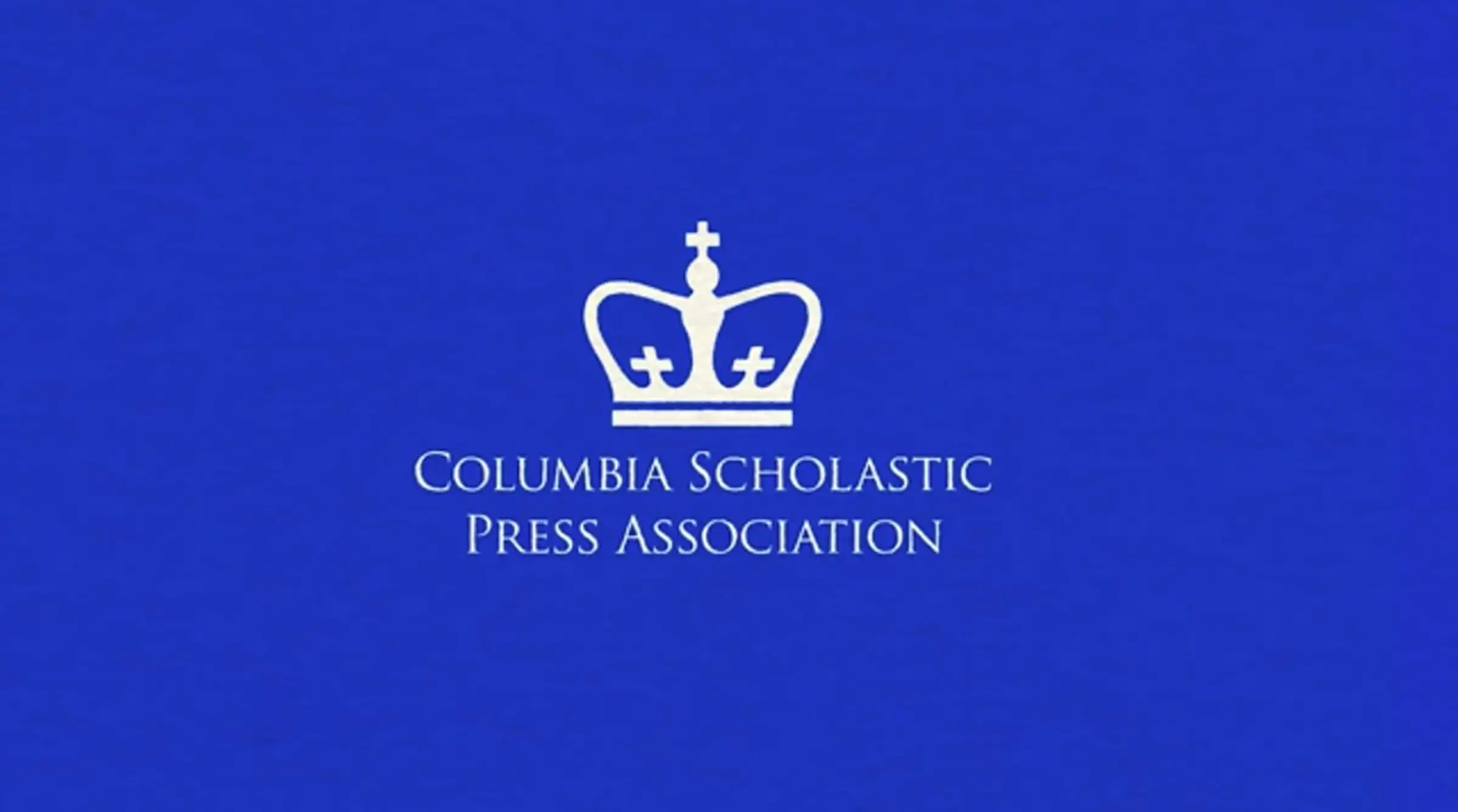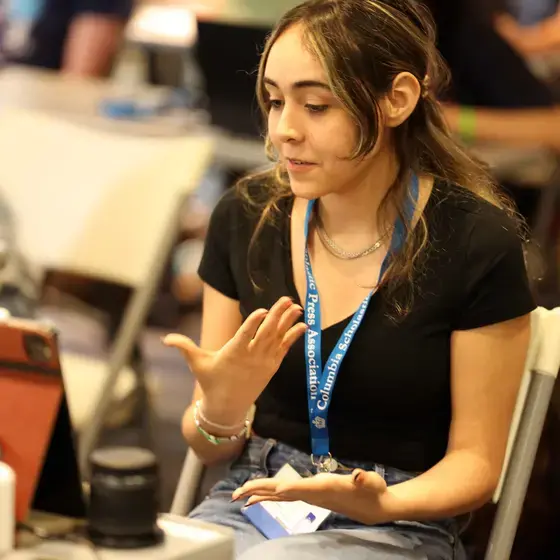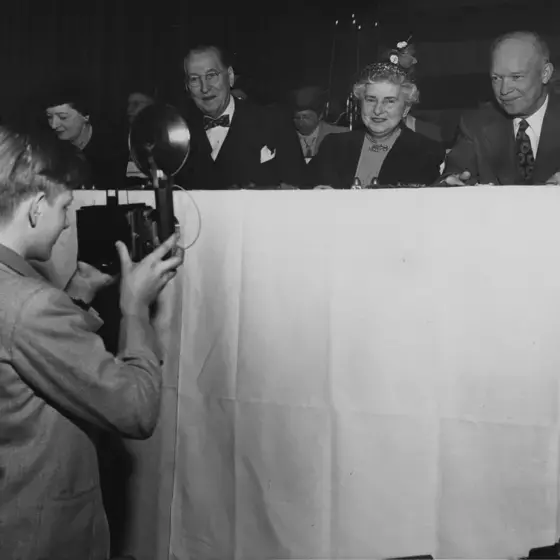Columbia Scholastic Press Association
CSPA Programs and Events
CSPA Summer Journalism Workshop
Join us this summer on the Columbia campus! High school students and advisers may choose from seven different in-person or online journalism workshops this summer. Registration is now open.
Supporting Our Students
Apply Now for the Greenman Leadership Grant for Summer Study
CSPA is pleased to offer financial assistance to eligible students through the support of the Reckson Foundation. Choose from six different subjects for study on the Columbia campus or online.
CSPA Awards Programs
Honoring Our Educators
During a special awards convocation at the Spring Convention, CSPA recognized Logan Aimone as the National High School Journalism Teacher of the Year. Seven other educators were also honored.
CSPA Spring Convention
2024 Silver and Gold Crown Award Winners for Scholastic Media
On March 15, 2024, the Columbia Scholastic Press Association announced in a ceremony at Columbia University the 2024 Silver and Gold Crown winners for scholastic media.
Awards and Programs
Announcing the CSPA 2024 Scholastic Gold Circle Award Winners
The awards recognize individual achievement by students from any CSPA member in four major categories: News; Magazine; Digital Media; and Yearbook.
How CSPA Supports Students
The Student Experience
Students from the CSPA Summer Journalism Workshop discuss the impact of the program, and the importance of journalism in their schools and communities.
In this video, Summer Journalism Workshop students discuss the importance of journalism and storytelling, and how CSPA helped them hone their craft.
